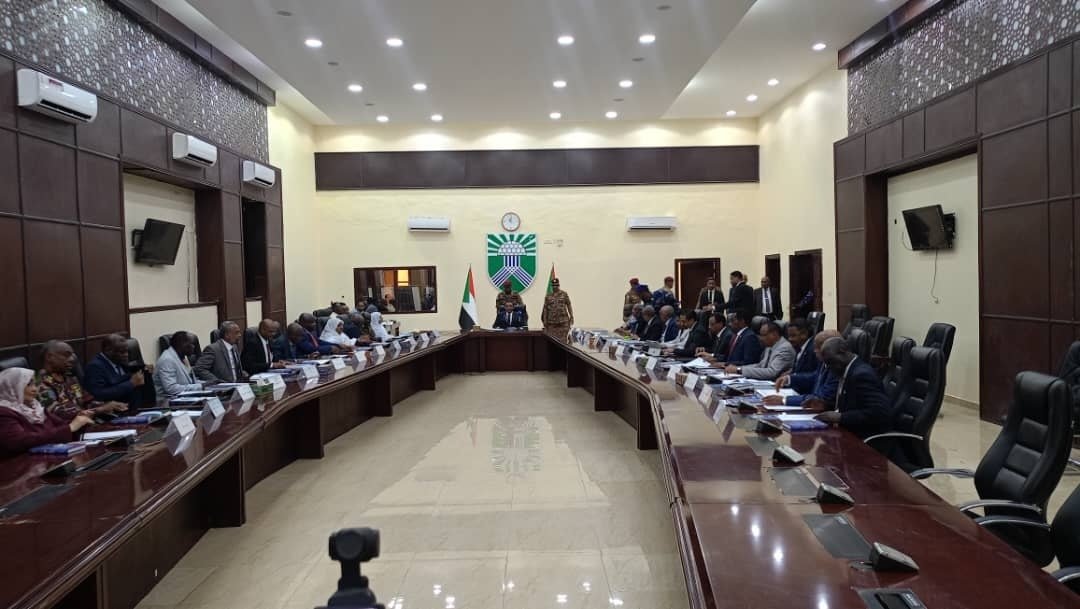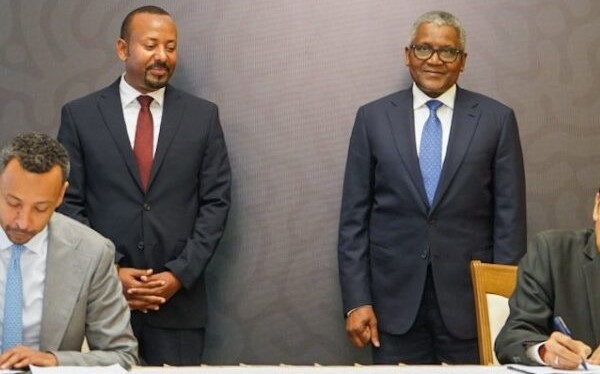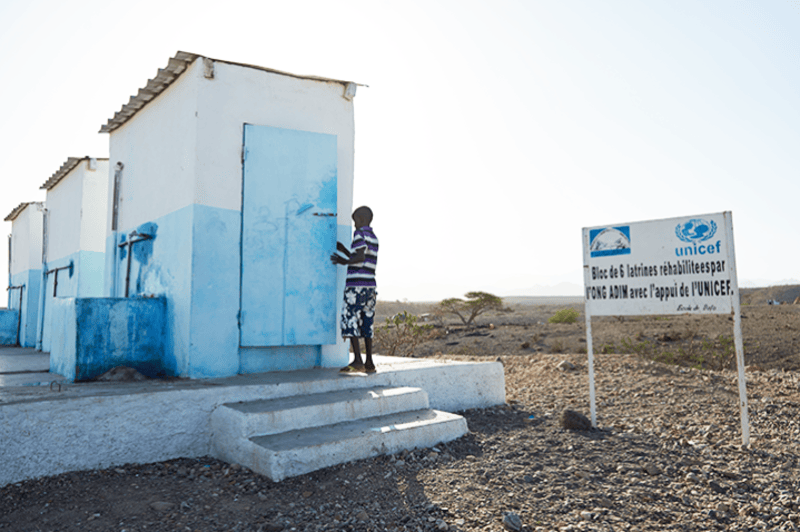IGAD Climate centre predicts heavy rains for Horn of Africa, urges flood preparedness

Countries such as central Sudan, eastern South Sudan, parts of Ethiopia, western Kenya, and eastern Uganda could see a 55 per cent probability of above-normal precipitation.
Above-normal rainfall is anticipated across much of the Greater Horn of Africa between June and September 2025, according to a new seasonal forecast released by the IGAD Climate Prediction and Applications Centre (ICPAC) during the 70th Greater Horn of Africa Climate Outlook Forum.
ICPAC projects that the northern and western parts of the region will receive significantly higher-than-average rainfall. Countries such as central Sudan, eastern South Sudan, parts of Ethiopia, western Kenya, and eastern Uganda could see a 55 per cent probability of above-normal precipitation.
More To Read
- IGAD climate centre predicts below-average rains in Eastern and Northern Kenya
- IGAD hails Somalia agreement as milestone for national unity, peace
- IGAD urges vigilance as region hits key counter-terrorism milestones
- ICPAC forecasts drier, warmer conditions for Eastern Africa as 2025 ends
- Brace for heavy rains, strong winds in coming days - Kenya Met
- A two-way street: Reversing brain drain in Somalia
Other areas, including western Uganda, Djibouti, western Eritrea, and southern Sudan, are also expected to experience wetter-than-average conditions, with a probability of around 45 per cent.
However, ICPAC also highlighted a strong likelihood of below-average rainfall in some coastal areas of Somalia and Kenya, as well as parts of north-western South Sudan and south-eastern Ethiopia.
Southern countries such as Tanzania, Rwanda, and Burundi are expected to remain relatively dry, as the June to September (JJAS) period is not their main rainy season.
The forecast further indicated a likelihood of warmer-than-average temperatures across much of the region, particularly in southern Ethiopia, Somalia, and eastern Kenya. Meanwhile, average to below-average temperatures are expected in parts of Sudan, Djibouti, Eritrea, and north-eastern Ethiopia.
IGAD officials emphasised the urgency of using the forecast to guide planning in critical sectors such as agriculture, water resource management, and disaster preparedness.
Mohamed Ware, Deputy Executive Secretary of IGAD, stated that the region continues to face increasingly extreme climate events—from droughts to floods—and underscored the need for integrated, cross-border climate services.
“The Greater Horn of Africa is experiencing unprecedented climate extremes, ranging from droughts and floods to unpredictable rainfall, putting our food systems, water resources, and livelihoods at serious risk. We must institutionalise climate services and work together across borders and sectors to ensure climate risks are integrated into every decision. The future of our region depends on it.”
Dr Abdi Fidar, ICPAC’s Officer in Charge, noted that GHACOF plays a crucial role in ensuring that regional stakeholders work closely with climate scientists to translate forecasts into practical action.
He added that ICPAC has adopted new objective seasonal forecasting methods, in line with the World Meteorological Organisation’s guidelines, to improve the accuracy and reliability of its outlooks.
Ethiopia’s Minister of Water and Energy, Habtamu Itefa, stressed the importance of continued investment in climate information systems. He said that expanding and improving tools that generate accurate, user-focused climate data is essential for informing policy decisions and reaching the communities most vulnerable to climate-related risks.
As the region prepares for the upcoming season, both IGAD and ICPAC are urging national governments to take proactive steps to mitigate potential risks and strengthen the resilience of vulnerable communities.
Top Stories Today















































